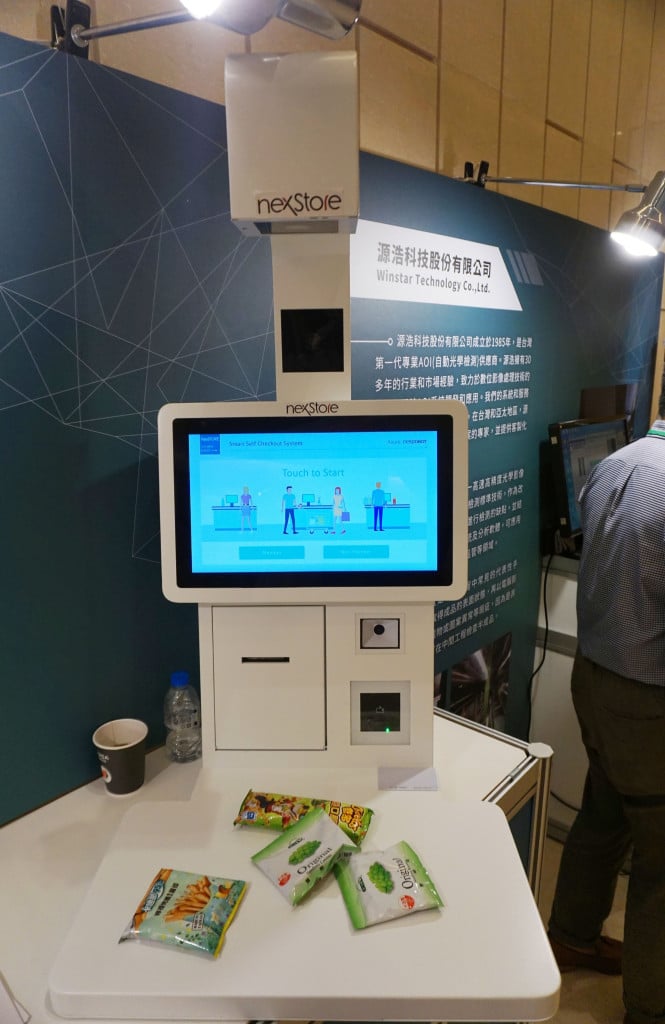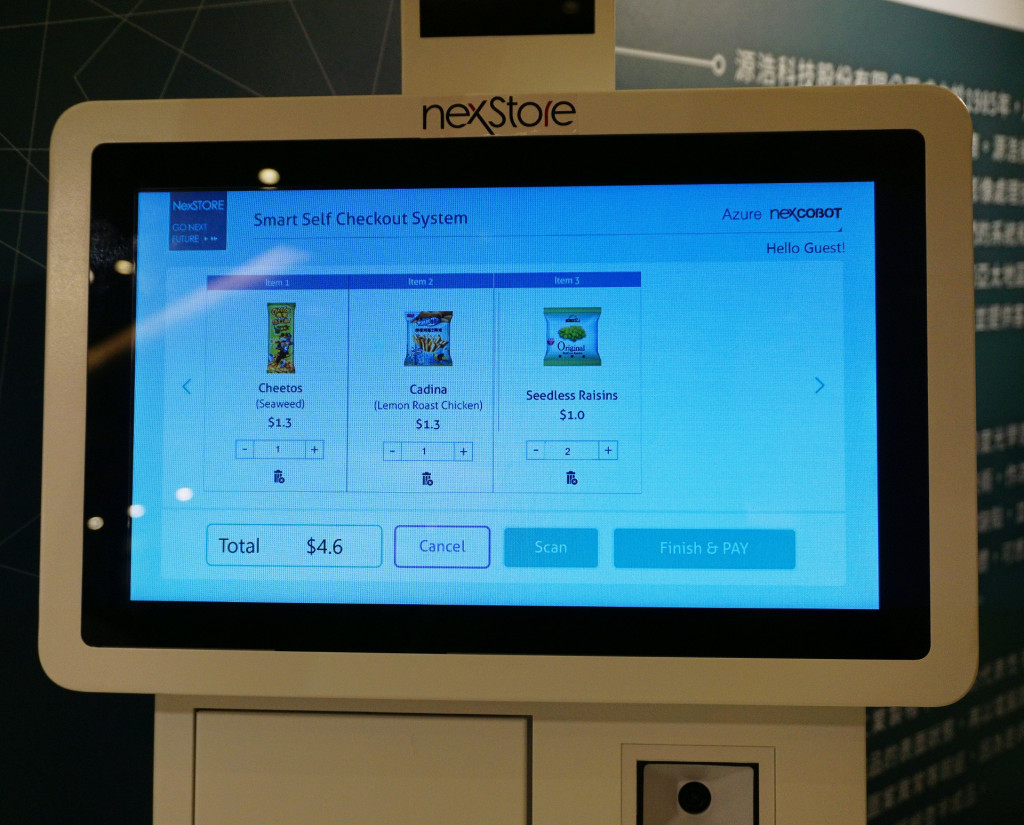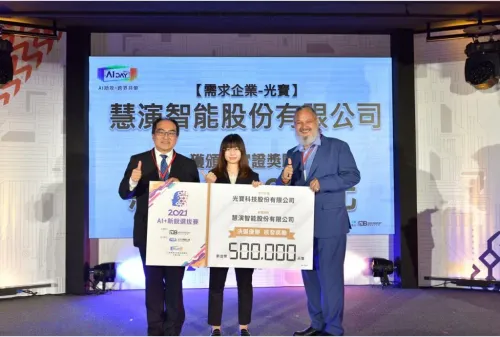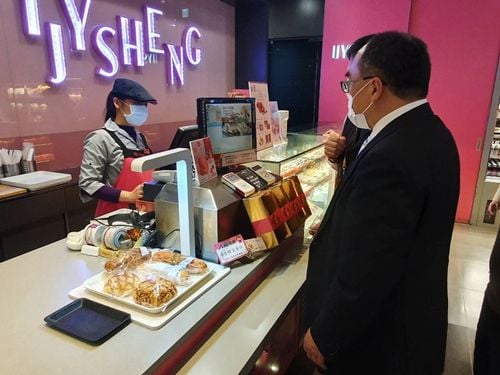【2019 Solutions】 NexCOBOT - Smart Self-Checkout System Makes Future Shopping Convenient
Imagine a future where all shops have no clerks, fully replaced by smart devices. Simply placing items on the table and letting the intelligent self-checkout system handle the rest makes shopping convenient and easy. This scenario is not far-fetched, as unmanned store projects have already emerged in Taiwan, such as the recent multi-million investment by FamilyMart to create their second tech-concept store. Through human-machine collaboration and the latest technology, they aim to alleviate clerical work, and NexCOBOT hopes to bring this concept into unmanned stores to simplify the checkout process for consumers.
▲ NexCOBOT introduces a smart self-checkout system, aiming to incorporate this technology into unmanned stores, simplifying the checkout experience for consumers.
Dedicated to smart retail solutions to enhance consumer technology experience
NexCOBOT, a subsidiary of NEXCOM, specializes in the independent development of six-axis robots and smart retail solutions. With the rise of the Internet of Things, the line between physical and virtual commerce has blurred. NexCOBOT identifies three foundational elements of IoT commerce: smart retail, smart logistics, and cloud-based real-time management systems. Continually, NexCOBOT commits to smart retail solutions, addressing major pain points for business owners while considering enhanced technological experiences for consumers, hoping to pioneer unprecedented innovative applications.

How does NexCOBOT's smart self-checkout system work? When checking out, place the shopping cart's items on the table. An overhead scanner performs image recognition, then the screen displays the types of products and the amounts. Payment can then be made using cards, smartphones, or other payment devices. It can even integrate with facial recognition systems, allowing customers to pay through face scanning, which saves the time previously spent scanning barcodes and queuing. Additionally, the store can utilize backend analyses to track customer data and popular products.

Establishing a product database to gain control of product information
Precise image scanning requires that all items have a previously established database. Scanning could include detailed 3D images of merchandise like cookie boxes or drink cans. The more detailed the database, the faster the checkout process and the more effective the backend analytics. However, because of limited space on counters, scanning large volumes of merchandise could be problematic. Initially, items easily recognizable (like those in bakeries) might be prioritized. Additionally, NexCOBOT offers modular solutions such as smart shelves, smart self-order systems, smart self-checkouts, smart marketing dashboards, etc., all customizable as per the client's requirements. Integration with existing systems such as Point of Sale (POS), Enterprise Resource Planning (ERP), Customer Relationship Management (CRM), and Digital Signage is also feasible.
▲ Besides using payment devices, it can even integrate with facial recognition systems, allowing customers to pay through facial scanning, eliminating the need for manual barcode scanning.
「Translated content is generated by ChatGPT and is for reference only. Translation date:2024-05-19」


